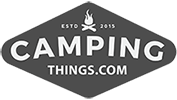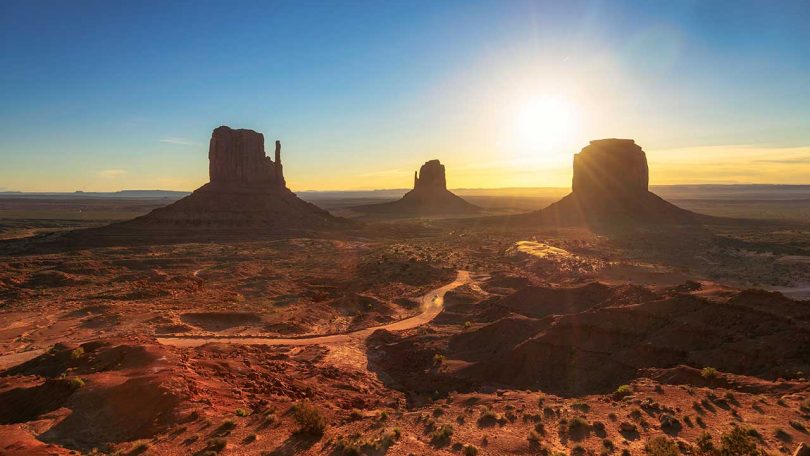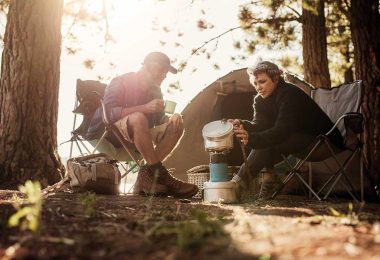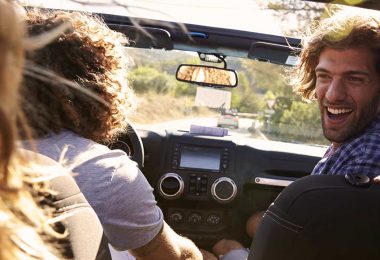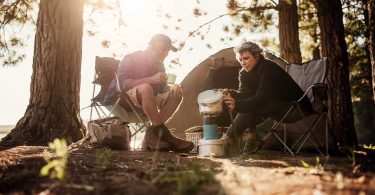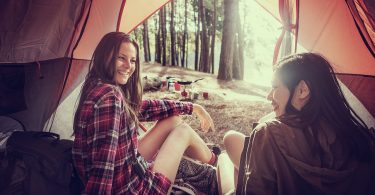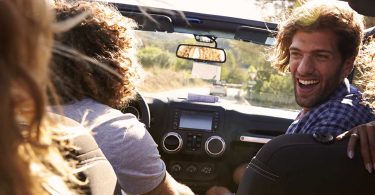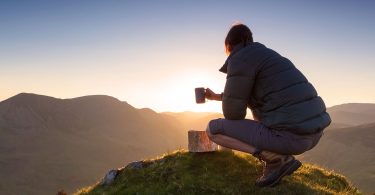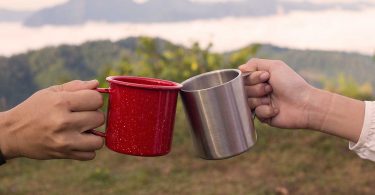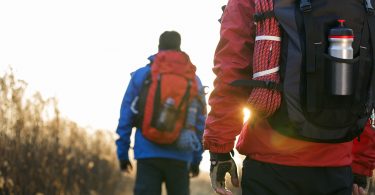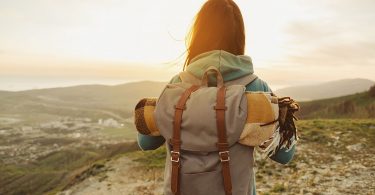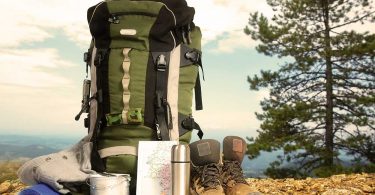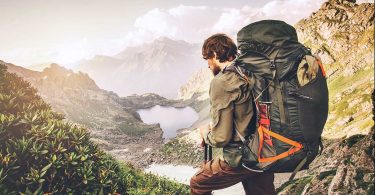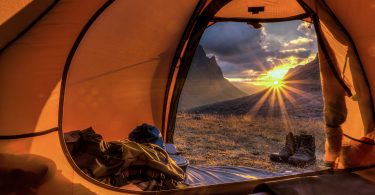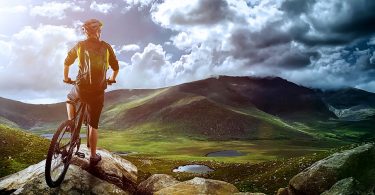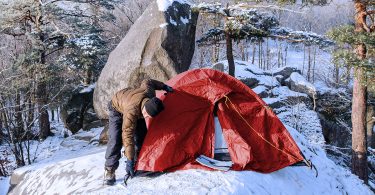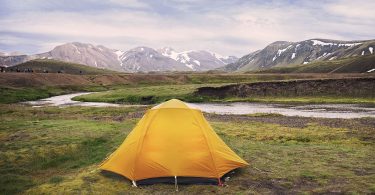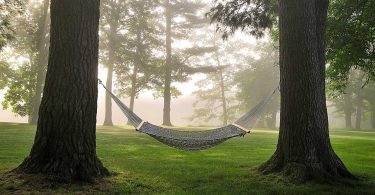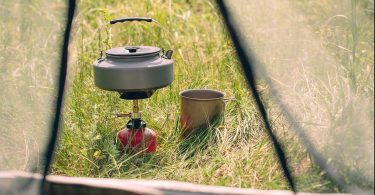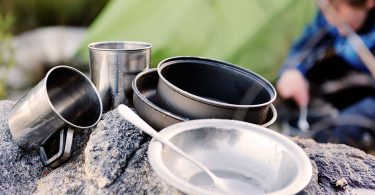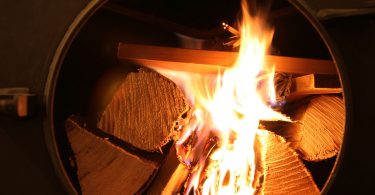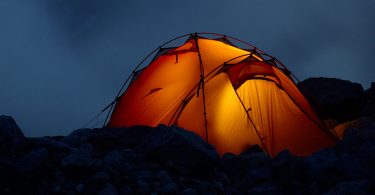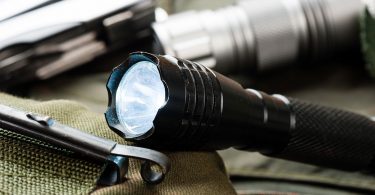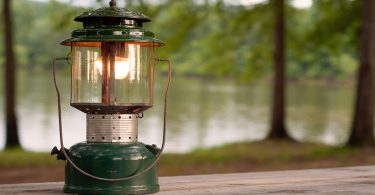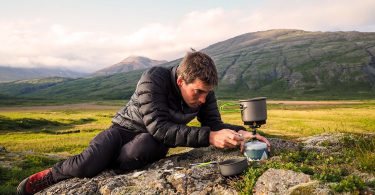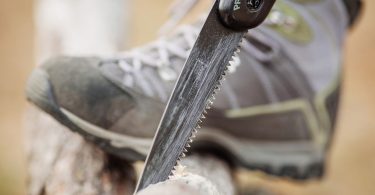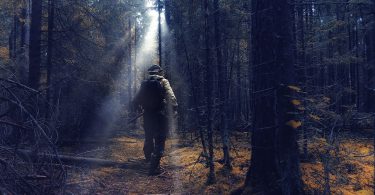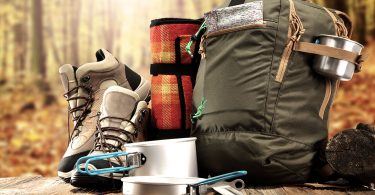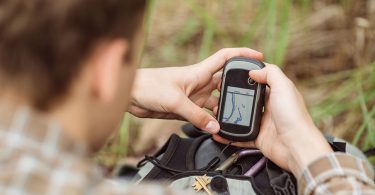Trekking America
From way out west, where the California gold rush began, to Niagara Falls in the east, there’s so much in between to get you fired up about really enjoying the great outdoors and trekking America. Some of the most stunning, monumentally huge, wild views exist in the heart of the American continent, and if you’re used to wild camping out in the wilds of the UK or Europe, then we’d bet that you’re going to be blown away by what’s waiting for you across the Atlantic.
Colossal mountain ranges, sweeping valleys and the endless seas of trees that have inspired explorers for generations, and which have been captured in magnificent detail by photographers like Ansel Adams, in many ways still defy the nature of humans to try and conquer. You’ll see impact craters from giant meteorites, snow-capped mountains, and valleys forged by millions of years of ferocious weather, and the more subtle wearing of slow moving rivers.
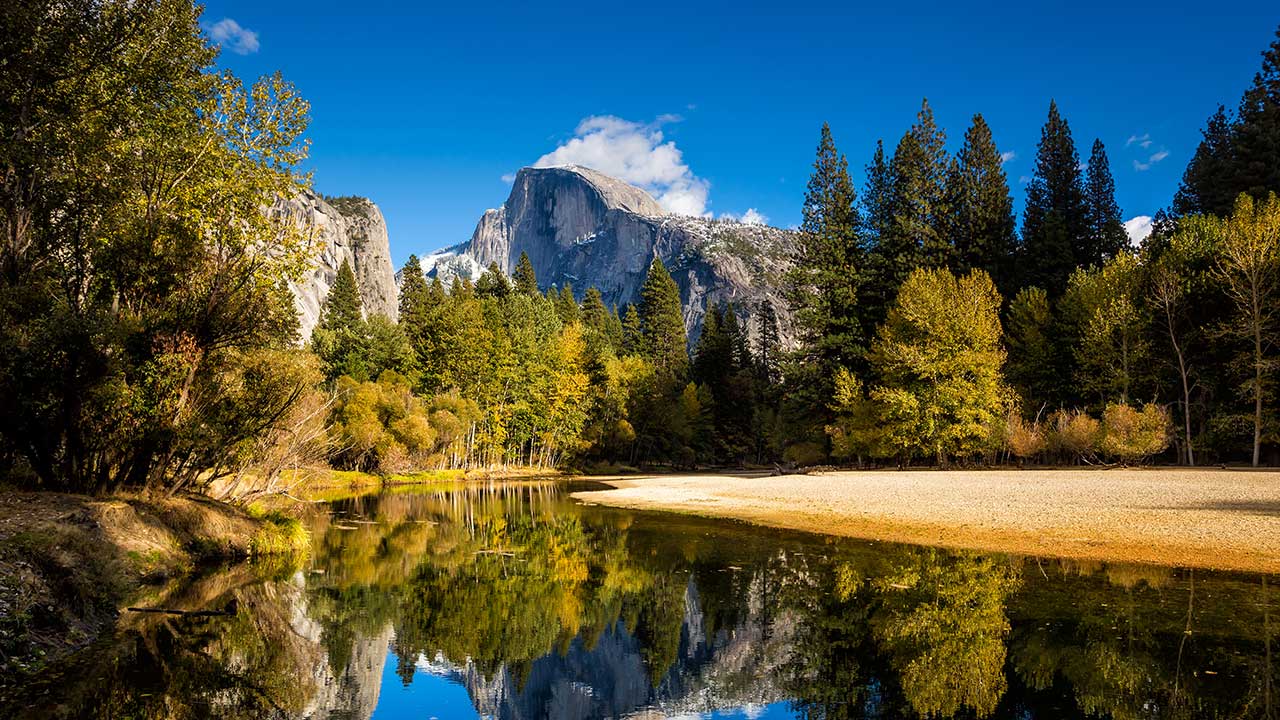
If you want to get away from everything, to feel truly small, but in many ways blessed to be able to witness such awesome sights, then wild camping and trekking America, while expensive in the first instance, just to get to, is one experience which, given the opportunity, must not be passed up. In this latest guide from the team at Camping Things, we’ll be taking a look at some of the most epic journeys you can take as a wild camper or trekker, right into the American heartland. Among others, we’ll be talking about: The Grand Canyon National Park, Yosemite National Park, Monument Valley Arizona, and the infamous Yellowstone National Park, which for years has been threatening to blow us all into another ice age, thanks to a giant volcano bubbling away underneath its surface. All the more reason, we think, to get out and see all of this stuff while you still can. If that thing goes off tomorrow, then at least you’ll go down with a hell of a view to remember.
Don’t forget to check out our tips and hints throughout the article, where we’ll be giving advice on the best equipment to take with you, and how to stay safe when wild camping and Trekking America.
The Cost of Wild Camping and Trekking America
Alright, let’s talk about cost for a minute. Camping, wild camping, trekking, it’s supposed to be cheap, right? That’s the whole point. You drive to where you want to go, trek for awhile, then pitch your tent, the only cost being that of your fuel and whatever food you choose to bring. That’s for going out closer to home. Even in Europe, you can get over to France, Spain, Germany or Italy for a couple of hundred pounds, then have yourself a jolly good week or just a few days without spending that much more.
The Americas, though, this is where it gets a little pricey. But, think of it as a once in a lifetime experience. You’re going to heading over the ocean, to journey way, way far inland to a place relatively untouched by humans, a place where everything around you is big on a scale that’s beyond imagination until you’ve seen it. Travelling to America to start your trip of all trips, your wild camping adventure, isn’t going to be cheap, but it will be worth it.
You can expect to pay anywhere between £400 and £1,200 for your return flight tickets, depending on when you choose to go. Most likely, you’re not going to want to go when the weather is at its worst, around winter time. It isn’t just because it’s cold, either; when you’re out in the middle of the great, wild outdoors of America, there’s very little in the way of respite or protection, so unless your gear is really up to scratch, you’re going to find yourself in more of a battle, than an adventure. Likewise with the height of summer. Great for views, not so good for the scorching heat and high prices. Try and strike a balance between a comfortable time of year, and a good price. Anything in the region of £600-800 is reasonable.
Think About Hiring An RV or Camper Van
Once you’re there, and you’re ready for your North American camping adventure trip to start, how do you go about getting to the place where you’ll be spending most of your time? There are a few options, and while renting a car for the most epic road trip is a cool way to do it, we actually prefer the use of an RV, or Recreational Vehicle, or a camper van. You could also take a coach to the nearest drop-off point and go it alone from there, but America is a damn big place, and while wild camping in the wilds of North America might sound like a fun adventure, it’s actually not the most efficient thing to do, to be waiting for coaches and walking or hiking from place to place. That’s not to say that trekking America is out of the question, but for getting yourself to where you need to be, it pays to have the convenience and the safety or an RV or camper van nearby.
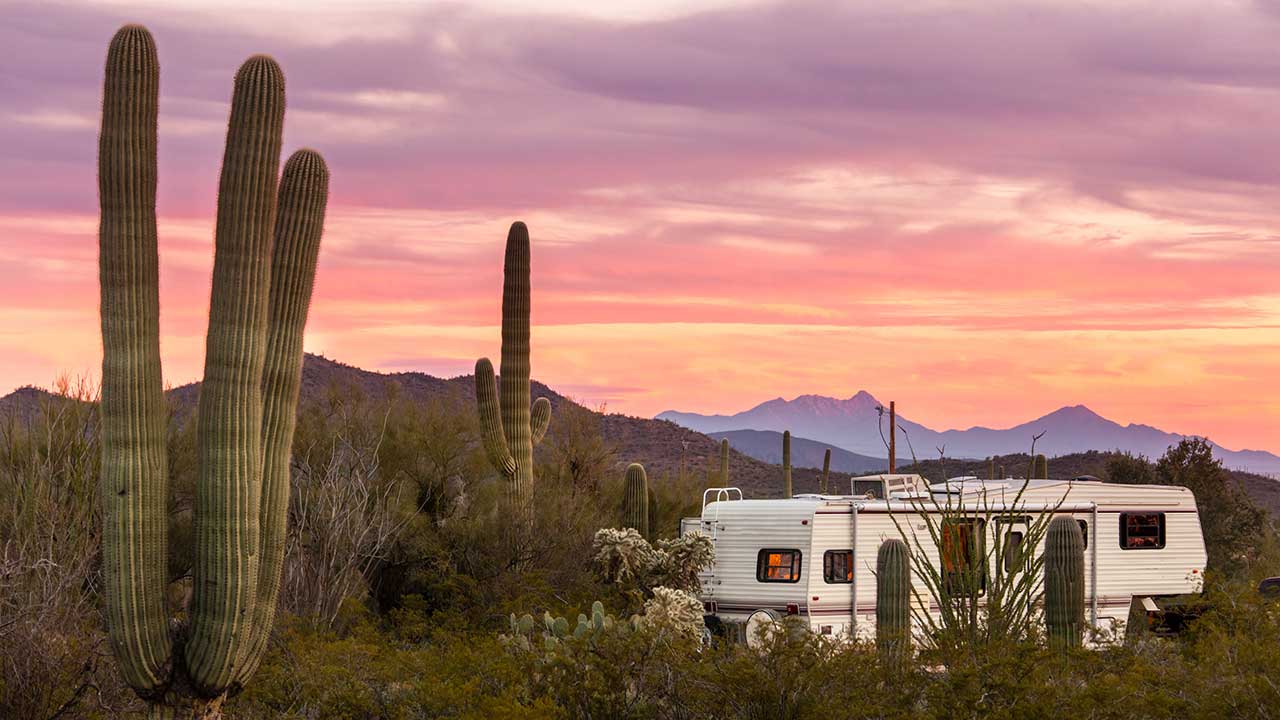
You’re not heading out in search of new ground, or to make the record books, you’re just there to have the best possible time. You’ve spent a lot of money getting over there, so make life that little bit easier for yourself, and hire an RV or a camper van to drive to where you need to be. It’s a great way to see the sights, and if you want to camp out under the stars, then you can always take your tent along and pitch up. Just remember to lock up and keep the keys on you, not in the van. Wouldn’t want to end up in your own special horror movie when someone comes along and steals your wheels.
Generally, the price of a camper van is going to be lower than the price of an RV when you’re renting, but just check with the nearest place, or, if you are going to make this into a road trip, then shop around and hire yourself something that you can keep for a few days then return. You really are heading out into some pretty wild country, so in one sense, be careful, but in another, enjoy the freedom, because there’s no feeling in the world like having made it across the water in one piece, to then be driving through some of the greatest scenery on the planet.
The Legality of Wild Camping in America
Wild and open as it is, you’d be surprised by how much of that great American heartland is tightly regulated by some agency or other. A lot of land that we’re talking about here, belongs to either some government organization, a national forestry commission, or else a Native American reservation. Just because there’s not much around, doesn’t mean nobody owns or regulates the land, and if you’re camping somewhere you shouldn’t be, then don’t be surprised if you’re told to pack up and move out in a hurry.
Camping on private land is definitely a no-no, and you wouldn’t want to be on the receiving end of a unwelcome party if you’re found camping illegally on land owned by someone.
How will you know where is ok to camp? Usually, more often than not, the areas you’re entering will be signposted as being part of some organization or reservation’s property. You must seek permission from that authority if you’re planning on staying there. Another helpful way to find out what the land you’re on is all about, and who it belongs to, is to look into guides like the DeLorme Atlas and Gazetter.
Essential Equipment
Buy a Windproof Tent
A windproof tent is an absolute must-have, even if you’re taking the RV or camper van. Being protected against the elements is no joke, especially when you’re out in the one of America’s big national parks.
Check out our Camping Things guide to buying the best tent.
Take a Large Rucksack
You’ll be taking a suitcase anyway, probably, so cough up that little bit extra and make sure you’ve got enough room for all of your stuff.
We’ve reviewed plenty of backpacks and rucksacks, and you can check out our choices here.
Get a BioLite Burner
We’re big fans of BioLite burners, which use bio fuel like wood, leaves and twigs to produce both heat and electricity via a built-in charging cell.
With a BioLite burner, all you’re taking is a container — albeit one with a totally cool wood-to-electricity charging cell on the side. No need to worry about carrying fuel, just use what’s around you.
Check out Camping Things reviews of the best BioLite burners here.
Invest in a GPS Guidance Device
Another essential one for making a go of it in the great American wilds. Invest in one that’s up to date, and which won’t let you down.
We’re partial to a high-end navigation device, one that’ll always be up to date, and which can stand up to the often rough and tumble nature of wild camping and Trekking America.
Check out our picks of the best GPS and navigation devices on the Camping Things site.
Where To Go: Our Family Friendly Picks
With regards to where you might like to visit, we’ve kept all of our options kid-friendly. That’s not to say that we’ve left out ones that are for adults only, because to be honest, whether you’re going with kids or not, any of these places is going to make for an incredible experience. We just want to help out those parents who are in need of some inspiration for where to go, but who might be feeling limited by what they can do with the kids.
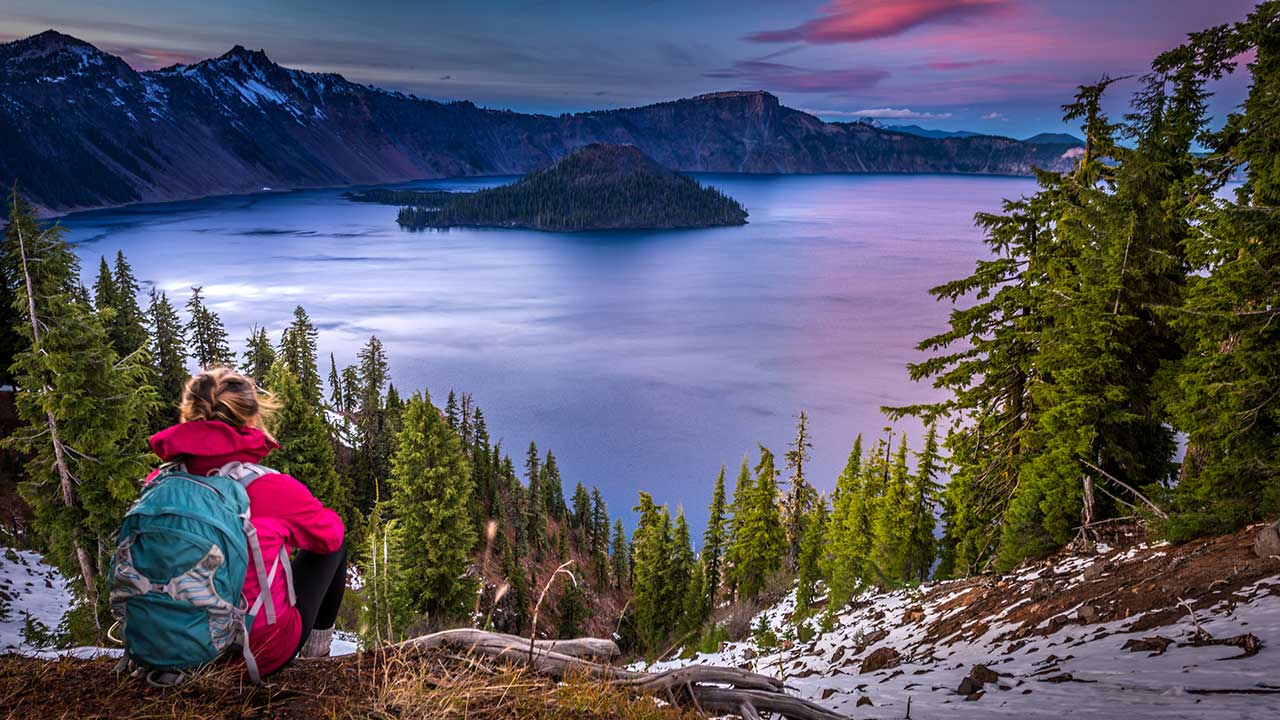
Yellowstone National Park
Like we said at the start, Yellowstone sits on top of a supervolcano, which is way overdue an eruption. Nobody knows when it’ll go off again, but best guesses don’t put it at any time soon. The some 500 geysers dotted all around Yellowstone attest to the still being active under the surface.
Without a doubt, Yellowstone is one of the most awe-inspiring places on Earth, stretching over an area of almost 9,000 square km. It’s home to some of the oldest, rarest and most precious wildlife in the world, including the great American buffalo, eagles, bison, bears and wolves.
You want waterfalls? Yellowstone has them. You want woods? Yellowstone. Lakes, canyons, rivers and mountains? If you’re looking for a place to see the best of what the planet has to offer, then Yellowstone National Park is one hell of a place to start. Most of the major sites within the park are signposted and have some sort of road leading up to them, so you shouldn’t get too lost following them. Belgrade, Montana; Jackson Hole, Wyoming, or Salt Lake City are your best bets for flying in. If in doubt, contact a park ranger, who will be happy to tell you what’s up and where to go.
Yosemite National Park
Home of the world’s biggest standing of giant sequoia trees, Yosemite is wild California at its greatest. A favourite of photographer Ansel Adams, Yosemite is cut with humongous valleys of rock, which tower on either side with sharp, vertical cliff faces, delving into lush forest.
In terms of wildlife, you’ll find bears, wolves, eagles and all sorts of other American icons. One of the major attractions of Yosemite National Park, is the giant sequoia trees, which can grow up to several hundred feet tall, and be centuries old. One of the largest in the area is named Grizzly Giant, and stands over 200ft.
The best time to visit Yosemite is the spring or fall, when the scenery is at its best. Fly into Sacramento, and you’ll have a lovely three-hour drive into the park.
Smoky Mountains National Park
A great one for the kids, taking the camper van up the Little River Road up by the Sugarlands Visitor Center, you might come across coyotes, wild boar and wild turkeys. And, with over 100 species of trees lining the mountains on your drive, this wonderful national park is one of the most beautiful drives imaginable, and a great place to go hiking and camping.
Grand Canyon National Park
What do we really need to tell you about the Grand Canyon? You’ve seen it plenty of times in photos, documentaries and movies, but have you ever considered how freaking large this place really is? 18 miles wide and over 270 miles long, the Grand Canyon was carved by the Colorado River, and runs through the state of Arizona.
Just back up a second and think about that width — 18 miles. You can stand on one side of the canyon, and not be able to see the other side. When you consider that you’re looking into a valley carved by nothing but water, how can you not be blown away? Trekking in the Grand Canyon is a fantastic way to see the place, but if you’re going to be camping, then you’ll need to seek permission from the authorities.
There are plenty of tour operators who can take you to the Grand Canyon, with regular pick-ups most days throughout the year. Flying into Las Vegas will be your best option for getting there.
Monument Valley, Arizona
Perhaps not one for the kids, but the quintessential American West, as you probably think of it. Quintessential, though, is not the right way to describe this towering valley, set into the red sand desert of Arizona. There isn’t much in the way of cover or tourist information points around the valley, and rightly so, this is straight up Trekking America desert heartland, untamed and massive.
You can access the valley by driving up Route 163, and the hiking options are pretty obvious once you arrive amongst the towering rock formations.
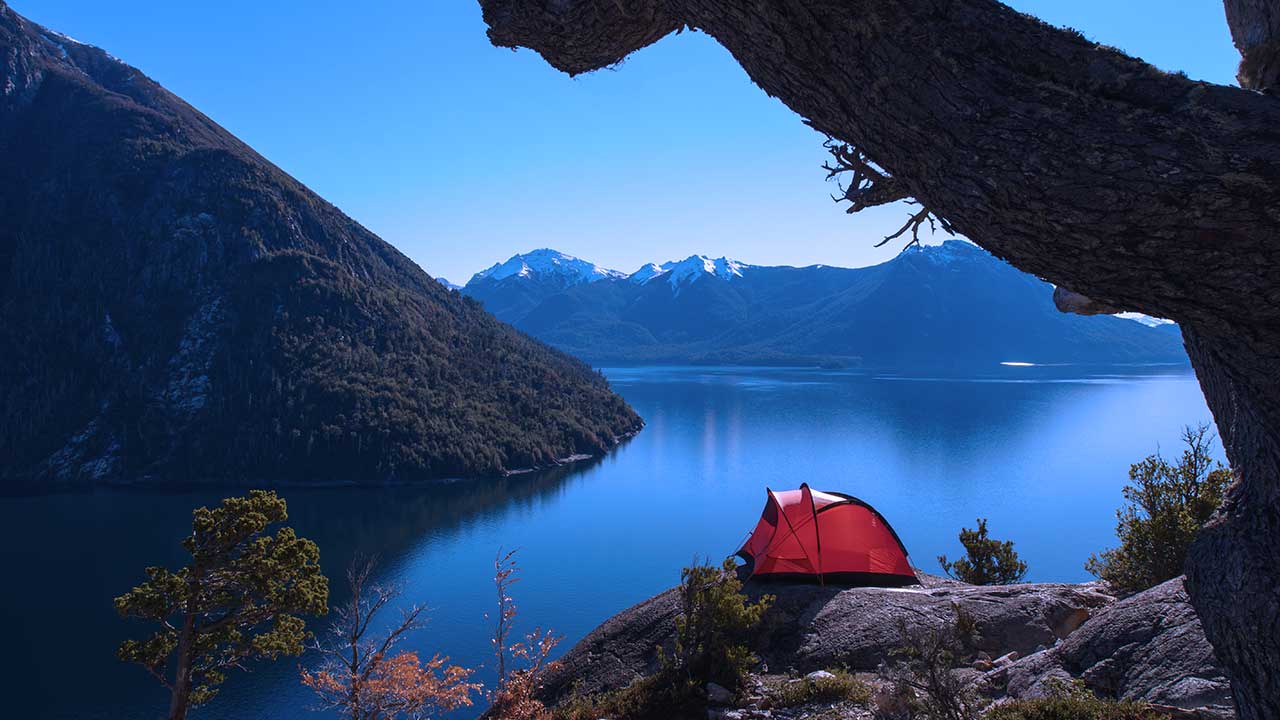
Some General Tips For Trekking and Wild Camping
Some of what you’ve learned while wild camping and trekking closer to home will translate into your trip to the States, but bear in mind that you’re going somewhere much bigger, where help can be much further away, and with that in mind, we’ve got a few pieces of advice to help keep you safe on your travels.
- Never go alone — wild camping and Trekking America in the open is never a good idea. Please take someone with you.
- Always get the contact details of a ranger or local authority.
- Always Check that you have permission to travel through or set up camp on the land you’re on.
- Leave no trace — Don’t burn the ground, don’t litter and try not to disturb anyone or any wildlife.
- Do not interact with the wildlife — If you can help it. Leave them be as much as possible, and never approach wild animals.
- Enjoy yourself.
